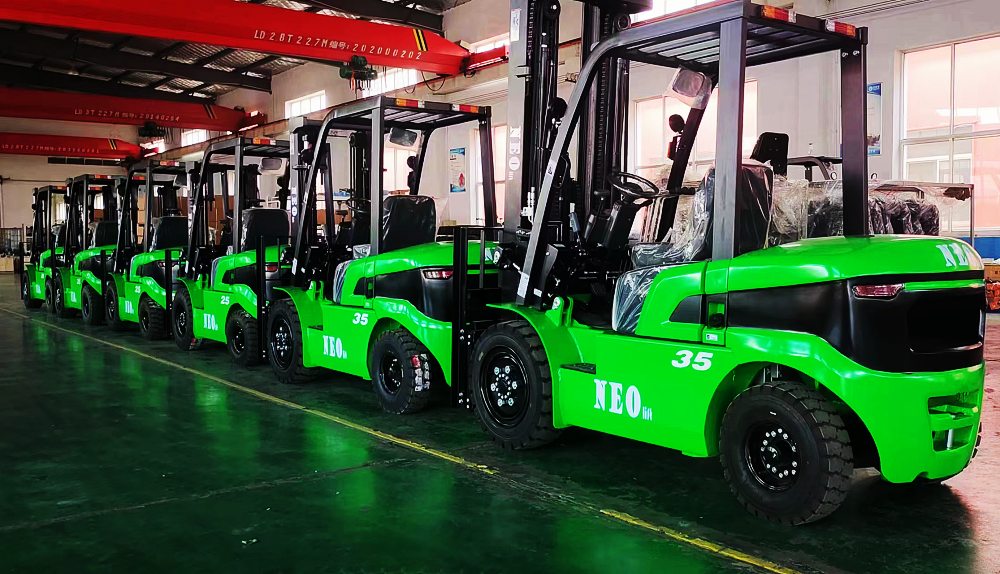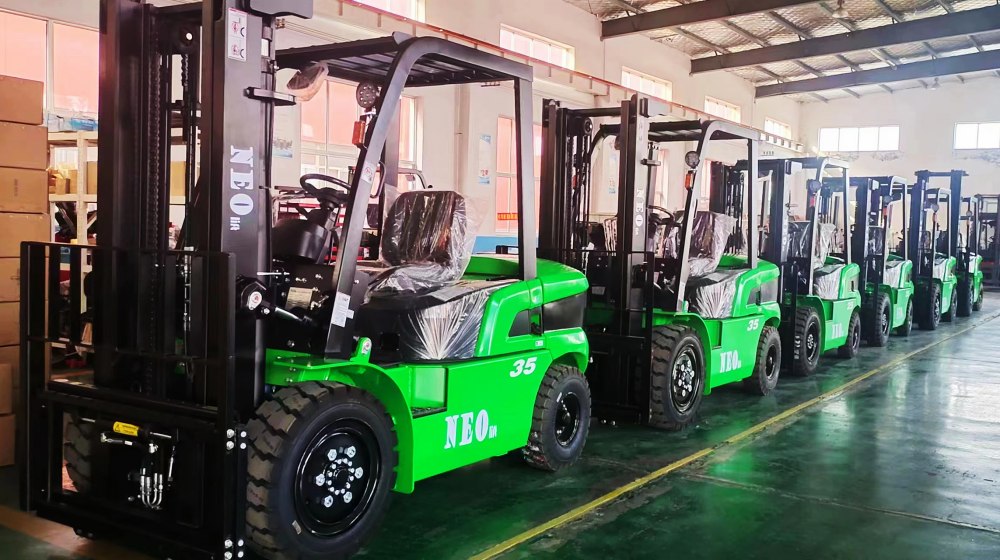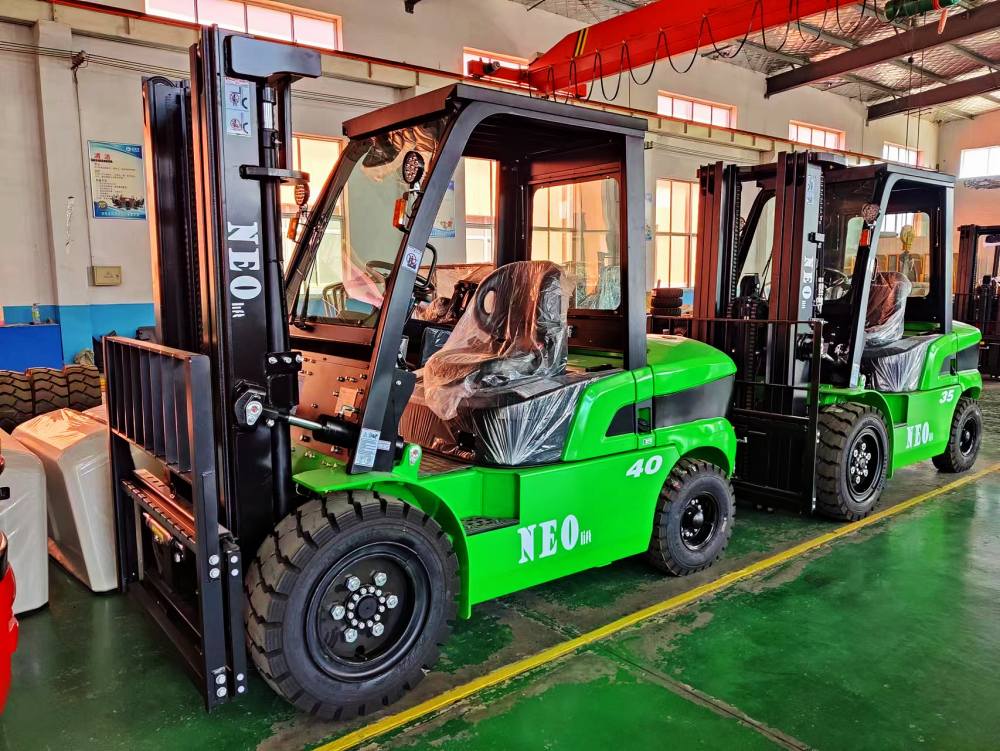Development trends of internal combustion forklifts: challenges, transformation and future opportunities
Dec 20, 2024IC Engine Forklifts has long been the core handling equipment in the logistics, warehousing and manufacturing industries. With its advantages of strong power, long-lasting endurance, and adapting to harsh working conditions, it occupies an important share of the medium and NEOlift heavy duty forklift market. However, with the stricter global environmental protection regulations, the rise of new energy technology and the growth of intelligent demand, the NEOlift internal combustion forklift industry is facing unprecedented challenges and changes. This article will discuss the current market status, technological upgrade direction and future development trends of internal combustion forklifts.

1. Current market status: stable demand but facing environmental pressure
(1) Traditional advantages are still there, but market share is squeezed
Internal combustion forklifts (diesel/LPG/CNG power) are still irreplaceable in heavy load, outdoor, long-term operation and other scenarios, especially in ports, construction, steel and other industries. However, the rapid development of electric forklifts (lithium battery/hydrogen fuel) in recent years has led to a gradual decline in the share of internal combustion forklifts in the small and medium tonnage market (1-5 tons).
(2) Global environmental regulations are becoming stricter, forcing technology to be upgraded
European and American markets: EU's "Stage V" emission standards, US EPA Tier 4 regulations put strict requirements on diesel engine emissions (NOx, PM), and some high-pollution internal combustion forklifts are facing elimination.
Chinese market: National IV Non-road Machinery Standards (implemented in 2022) promote the transformation of internal combustion forklifts to low emissions, and some cities even restrict the use of diesel forklifts.
Emerging markets: Southeast Asia, Latin America and other places still prioritize cost-effectiveness, but environmental protection policies are gradually tightening.

2. Technology upgrade direction: cleaner, smarter and more efficient
(1) Clean fuel technology
LPG/CNG forklift: Compared with diesel, liquefied petroleum gas (LPG) and compressed natural gas (CNG) forklifts have lower emissions and better operating costs, which are suitable for both indoor and outdoor working conditions.
Hydrogen internal combustion forklifts: Toyota and other companies have begun testing hydrogen-fuel internal combustion engine forklifts to achieve near-zero carbon emissions, but costs and infrastructure are still bottlenecks.
Hybrid: The diesel-electric hybrid system can reduce fuel consumption by 20%-30%, and is suitable for high-load intermittent operation scenarios.
(2) Intelligence and automation
Internet of Things (IoT) remote monitoring: Real-time monitoring of engine status, fuel consumption, and fault warning to improve maintenance efficiency.
Unmanned internal combustion forklift: combined with AGV technology, suitable for outdoor automated logistics (such as ports and steel mills).
(3) Optimization of engine efficiency
High-pressure common rail and turbocharger technology: improve fuel efficiency and reduce emissions.
Variable displacement technology: dynamically adjust engine output according to load to reduce no-load energy consumption.

3. Future trends: coexist with new energy and focus on market segments
(1) Electrochemical replacement is irreversible, but internal combustion forklifts still have room for survival
Electric forklifts will dominate the indoor warehousing field below 3 tons.
Internal combustion forklifts focus on heavy loads of more than 5 tons, extreme environments (high cold, dusty, and humid).
(2) Hydrogen energy may become a breakthrough point in the future
If hydrogen internal combustion forklifts can make breakthroughs in cost and hydrogen refueling facilities, they may become one of the alternatives in the zero-emission era.
(3) Second-hand renovation market potential
In price-sensitive markets such as Africa and South Asia, renovated internal combustion forklifts still have high demand, and enterprises can deploy aftermarket services.